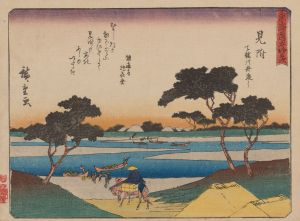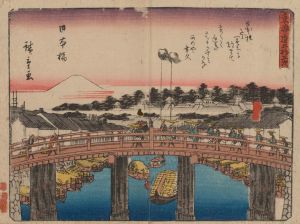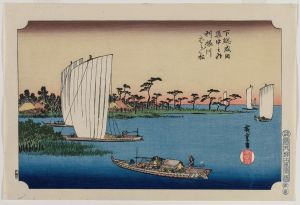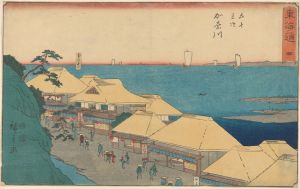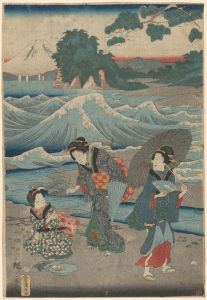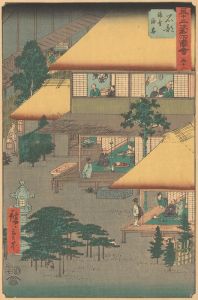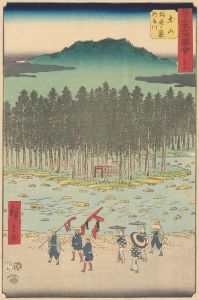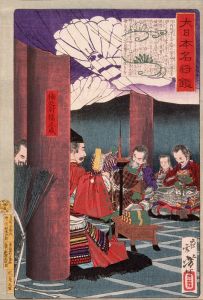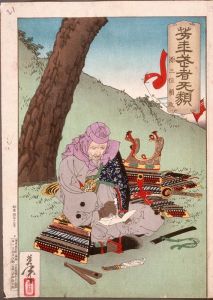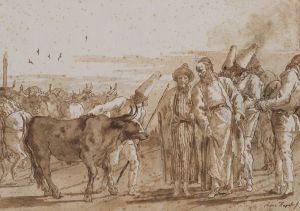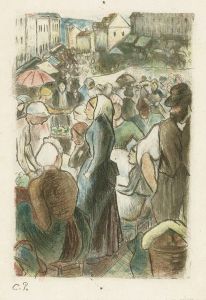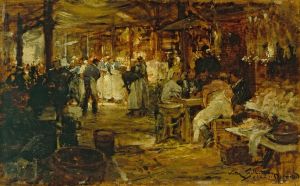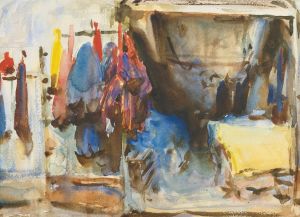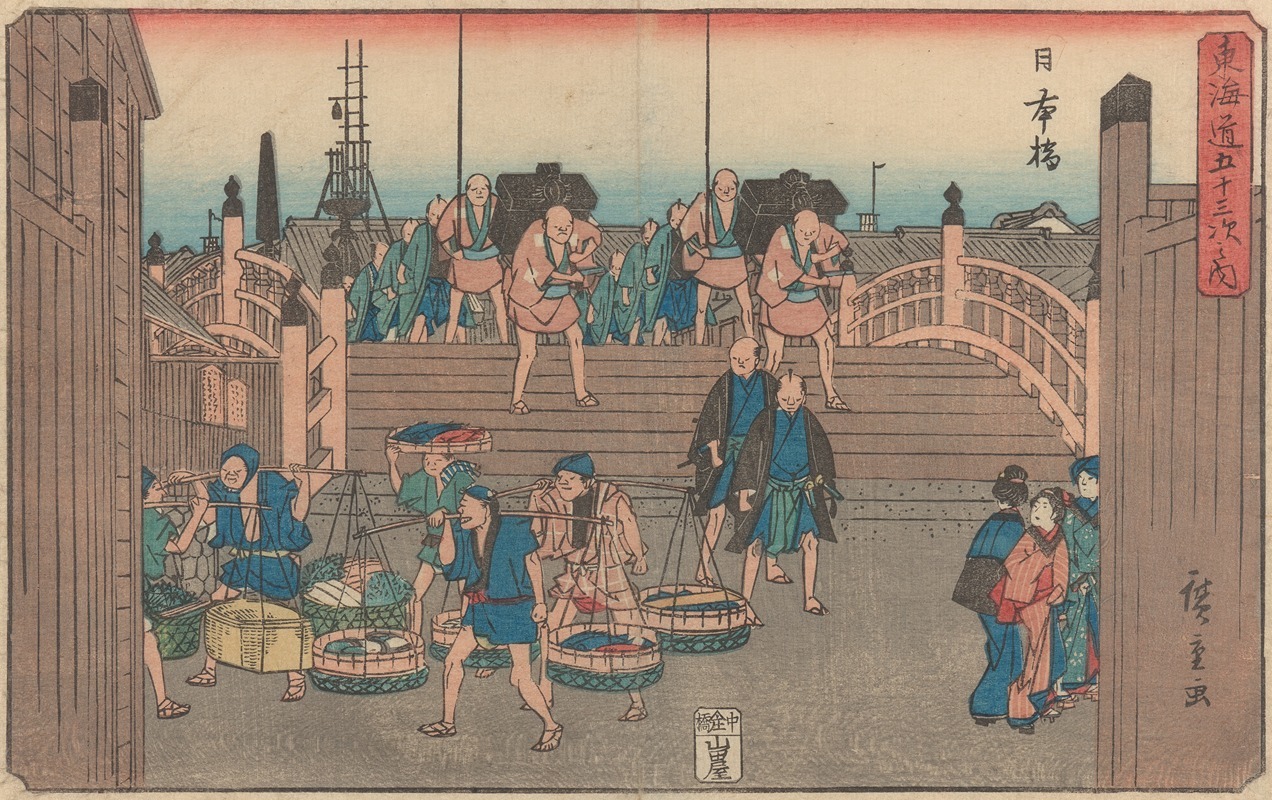
Nihonbashi
A hand-painted replica of Andō Hiroshige’s masterpiece Nihonbashi, meticulously crafted by professional artists to capture the true essence of the original. Each piece is created with museum-quality canvas and rare mineral pigments, carefully painted by experienced artists with delicate brushstrokes and rich, layered colors to perfectly recreate the texture of the original artwork. Unlike machine-printed reproductions, this hand-painted version brings the painting to life, infused with the artist’s emotions and skill in every stroke. Whether for personal collection or home decoration, it instantly elevates the artistic atmosphere of any space.
Andō Hiroshige, a renowned Japanese ukiyo-e artist of the Edo period, is celebrated for his landscape prints and depictions of everyday life in Japan. One of his notable works is "Nihonbashi," which is part of his famous series "The Fifty-three Stations of the Tōkaidō" (Tōkaidō Gojūsan-tsugi no Uchi). This series, created in the early 1830s, captures the scenic beauty and cultural significance of the Tōkaidō road, the main travel and transport artery of Japan during the Edo period, connecting Edo (modern-day Tokyo) with Kyoto.
"Nihonbashi" is the first print in this series and depicts the Nihonbashi Bridge, a significant landmark in Edo. The bridge served as the starting point of the Tōkaidō road and was a bustling hub of commerce and travel. Hiroshige's portrayal of Nihonbashi captures the vibrancy and activity of the area, reflecting both its economic importance and its role as a gateway to the rest of Japan.
In the print, Hiroshige illustrates a lively scene with travelers and merchants crossing the bridge, set against the backdrop of Edo's cityscape. The composition is dynamic, with a sense of movement conveyed through the figures and the flowing lines of the bridge. The artist's use of color and perspective enhances the depth and realism of the scene, drawing the viewer into the bustling life of Edo.
Hiroshige's work is characterized by his attention to detail and his ability to capture the essence of a place. In "Nihonbashi," he not only depicts the physical structure of the bridge but also conveys the atmosphere of the time, with people engaged in various activities such as carrying goods, traveling, and interacting with one another. This print, like many in the Tōkaidō series, serves as a historical document, offering insights into the daily life and social dynamics of Edo-period Japan.
The "Fifty-three Stations of the Tōkaidō" series was highly popular in Hiroshige's time and remains influential today, both as a work of art and as a cultural artifact. Hiroshige's ability to blend traditional Japanese artistic techniques with a keen observation of the world around him has earned him a lasting legacy in the art world. His prints continue to be studied and admired for their beauty, craftsmanship, and historical significance.
"Nihonbashi" exemplifies Hiroshige's mastery of the ukiyo-e style, characterized by its use of woodblock printing to produce vibrant, detailed images. The print not only highlights the technical skill involved in its creation but also reflects the cultural and economic vitality of Edo, making it a valuable piece for understanding the period's art and society.





